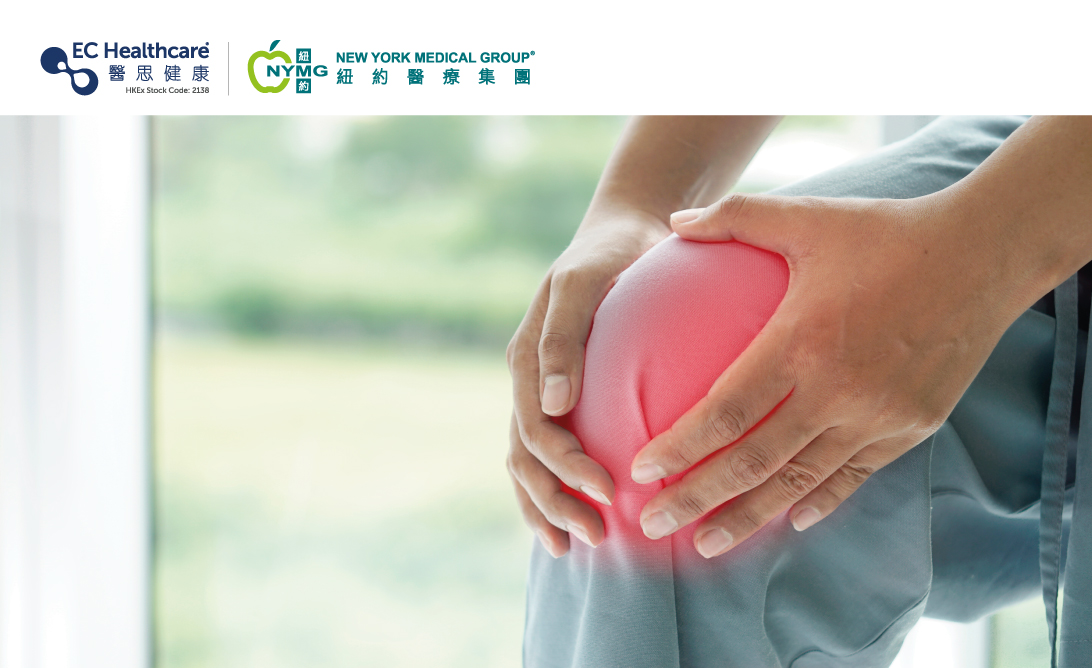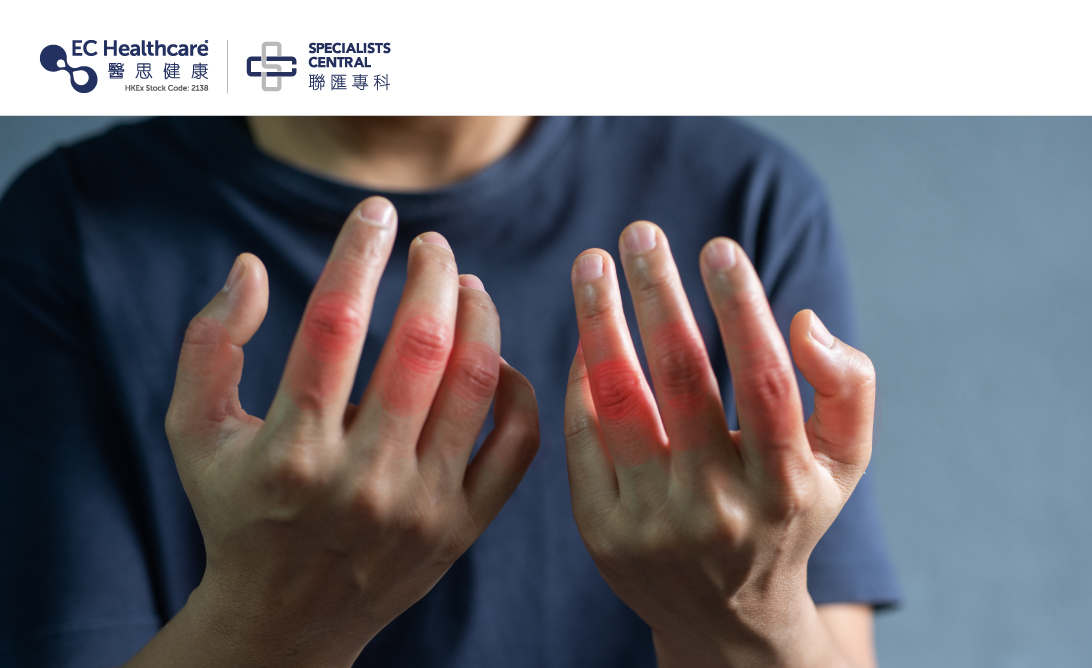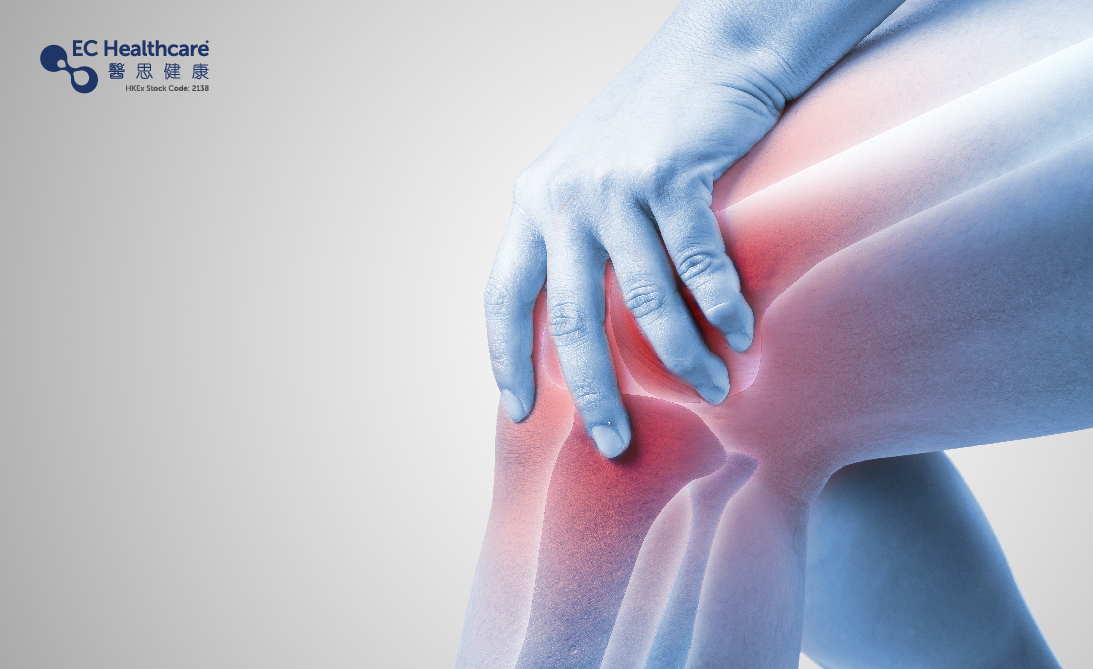Lupus Unmasked: The Truth About This Rheumatic Disease
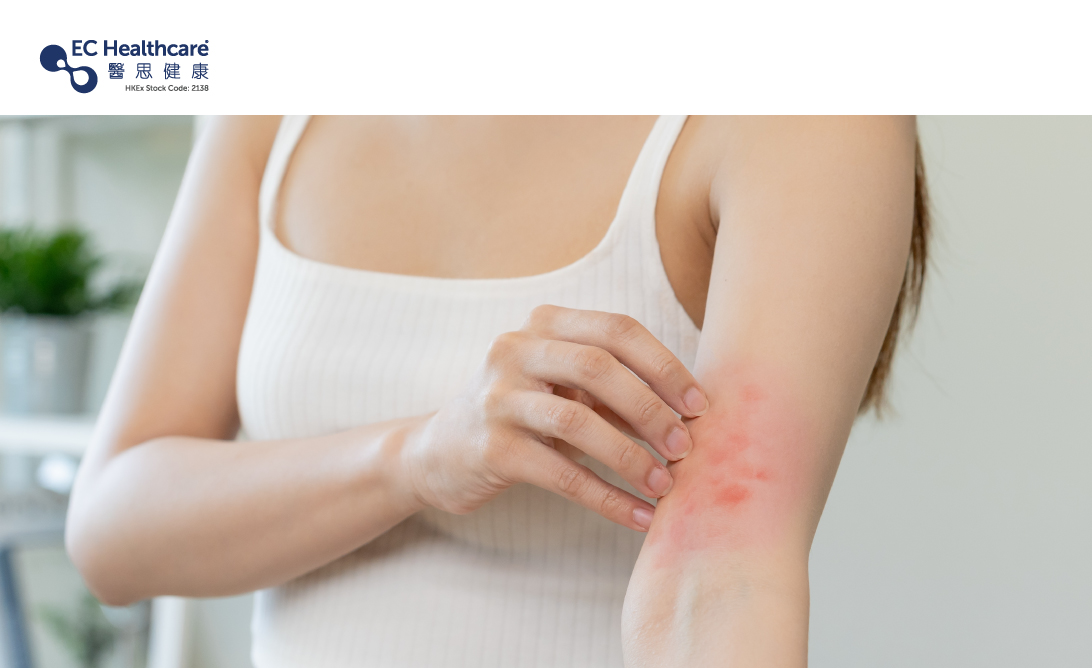

While some may assume that systemic lupus erythematosus (SLE or lupus) is nothing more than a red rash and insatiable itch on the face, it is actually tied to issues with the immune system and can result in inflammation and swelling of the joints. In short, it is not an affliction of the skin, but rather a type of rheumatic disease that can affect various parts of the body.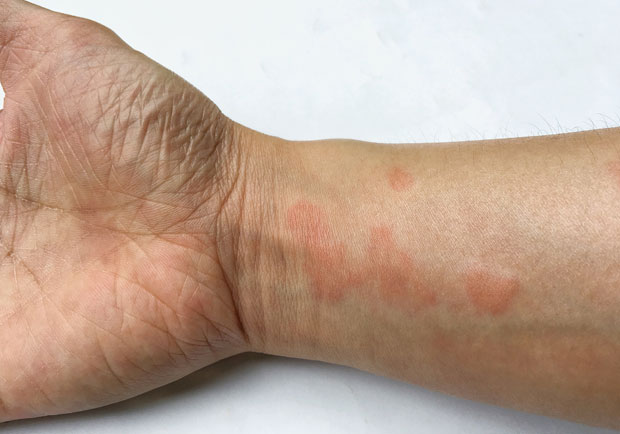
What is SLE?
SLE is an autoimmune condition that causes the immune system to turn on itself, triggering inflammation as antibodies mistakenly attack the body's own cells and tissues. This can result in damage to the skin, muscles, and joints, and in severe cases, even impact vital organs like the heart, kidneys, and nervous system. Moreover, as a chronic disease, it can afflict patients for years, subjecting them to prolonged pain and distress.
Who is at risk of developing SLE?
Studies indicate that approximately 60 out of every 100,000 individuals in Hong Kong are affected by SLE, with females between the ages of 15 to 30 being the primary demographic. Males account for only one-tenth of all cases.
Clinical symptoms
SLE symptoms vary from patient to patient, depending on which organs and tissues are affected. However, the 2 most common symptoms are:
Skin rash
Around 80% of patients with SLE experience skin rash problems, with the classic butterfly-shaped rash being the most common - appearing on the nose and cheeks like a wolf's bite or a butterfly's wings. This symptom affects roughly half of all SLE patients. Other patients may also develop circular, purple or blue discoid-rashes on parts of the body including the scalp, hands, chest and cheeks.
Joint pain
Joint pain is a common symptom of SLE, affecting roughly 85% of patients and even leading to arthritis in some cases. Joints in the fingers, wrists, shoulders, knees, and hips can all be affected, with some patients experiencing morning stiffness. However, this pain is often not permanent and does not usually hinder daily activities.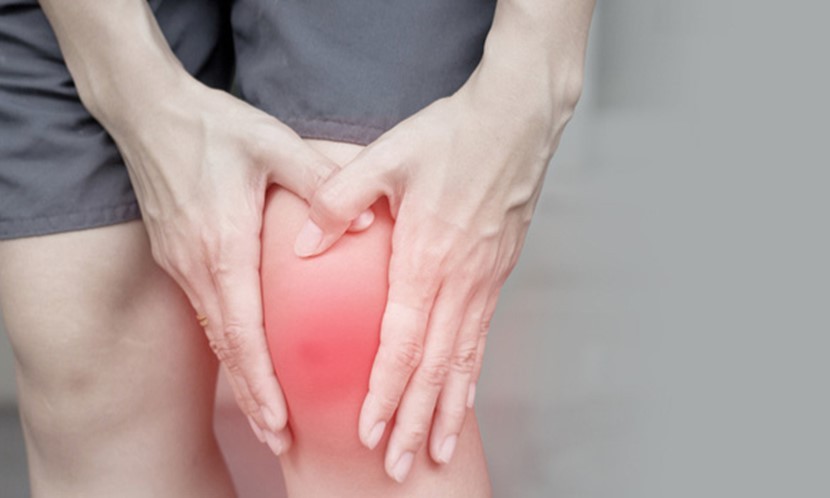
Additionally, patients with SLE may experience various other symptoms such as abnormal fatigue, dry eyes, fever, mouth ulcers, and hair loss. SLE can lead to complications in more severe cases, including coronary artery vasculitis, myocarditis, hemolytic anemia, stroke, neuropathy, pneumonia, pulmonary fibrosis, acute kidney failure, and more.
Causes of SLE
Genetic factors
SLE can be caused by genetic factors, with a 7% chance of children developing the disease if their mother has it. Additionally, roughly 10-15% of SLE patients have close relatives who also suffer from the condition.
Ethnic differences
Asians and Africans have a higher likelihood of developing SLE compared to Caucasians.
Female hormones
SLE is linked to female hormones, with the disease being more common among women of reproductive age. Pregnancy and estrogen-containing contraceptives can worsen the condition.
Ultraviolet radiation
Prolonged exposure to ultraviolet radiation can make certain skin cells antigenic, triggering inflammation by stimulating the immune system.
Medications
Long-term use of medications like hydralazine for hypertension, chlorpromazine for psychiatric disorders, or drugs for tuberculosis treatment can potentially cause mild inflammation.
While SLE cannot be completely cured, proper management through medical treatment, a healthy lifestyle, and stress reduction can control symptoms and improve the patient's quality of life. Regular medication and a balanced diet are essential, and it is crucial to seek timely medical assistance from a specialist physician to ensure the best possible management of the disease.




